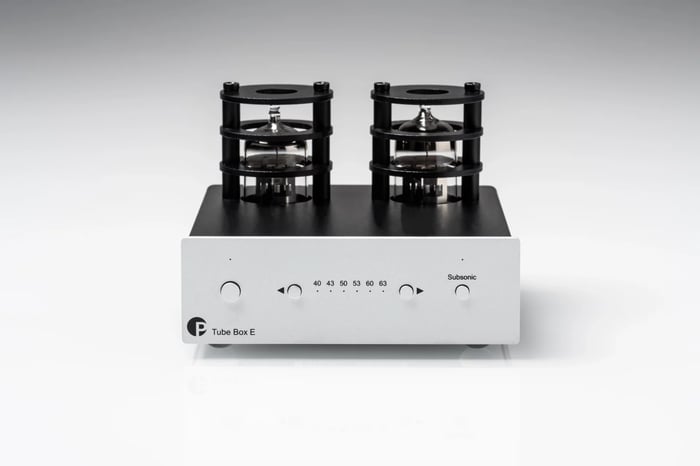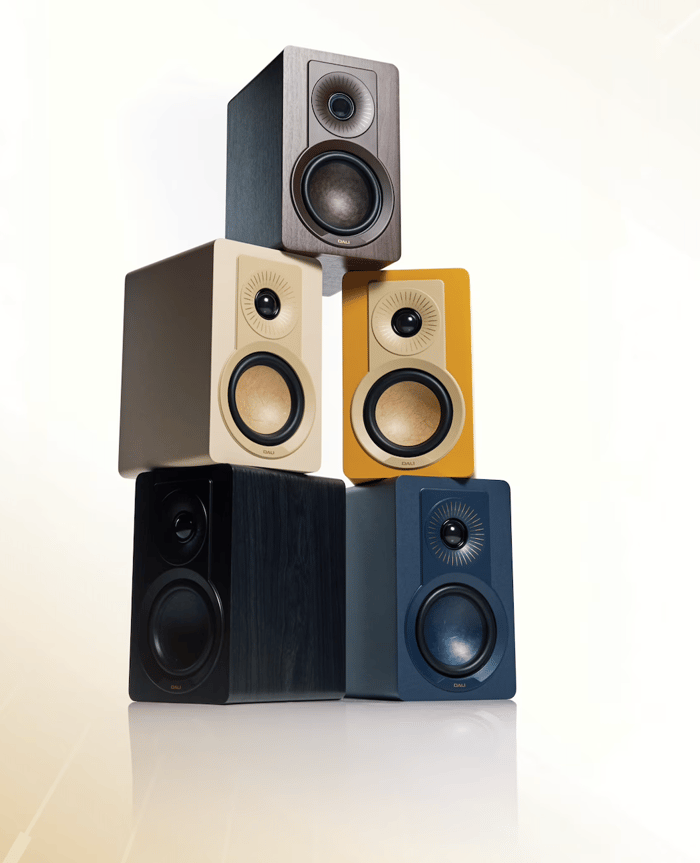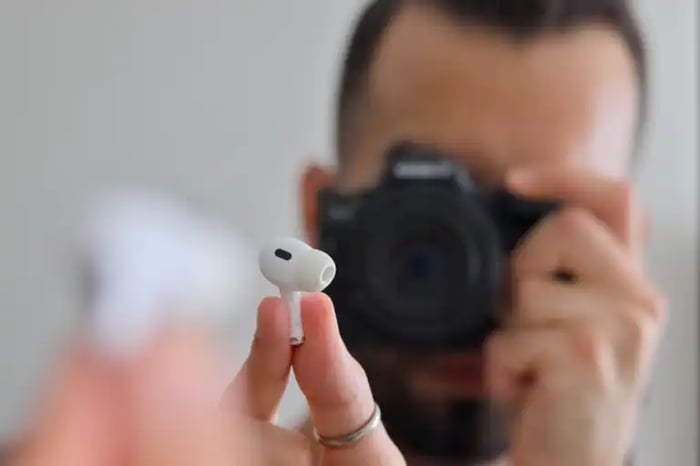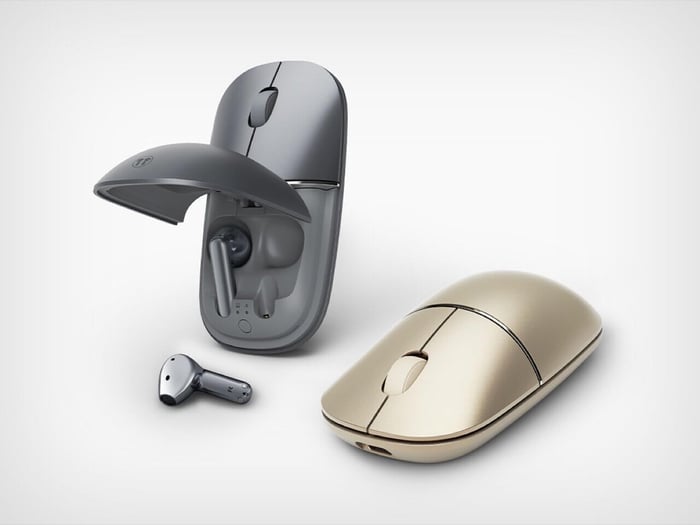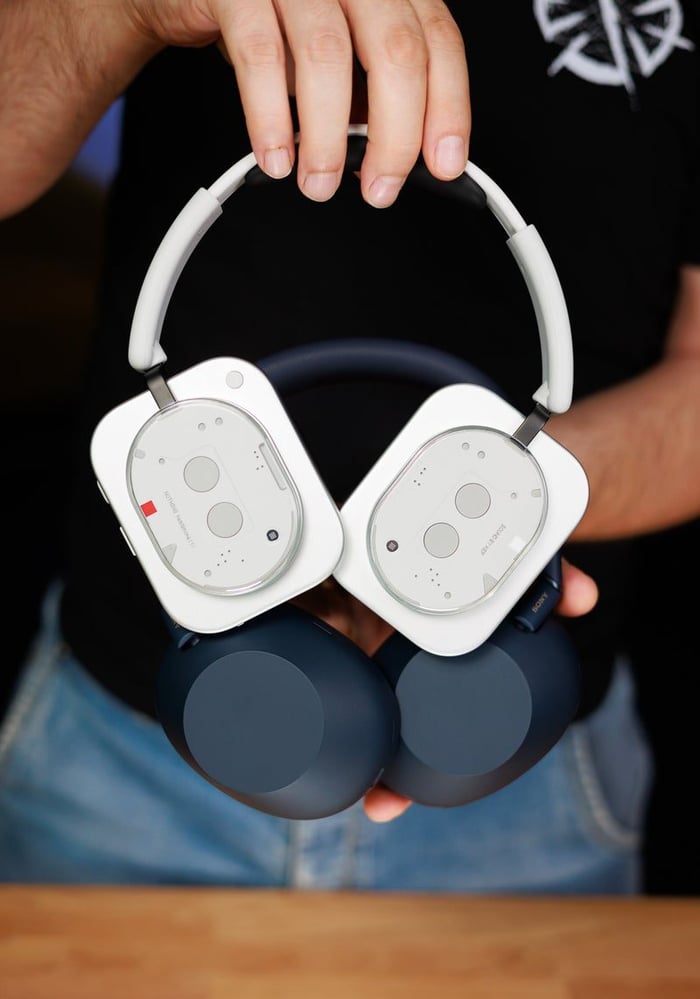
Nothing Headphone (1) vs Sony WH-1000XM6: A Wireless Headphone Showdown
Nothing Headphone (1) vs Sony WH-1000XM6: A Wireless Headphone Showdown
Explore the key differences and similarities between Nothing Headphone (1) and Sony WH-1000XM6 in design, sound, and features.
If you're hunting for your next pair of Bluetooth headphones, the choice between an established champion and a bold newcomer can be pretty thrilling. The Sony WH-1000XM6 headphones have dominated the premium wireless audio scene for years, while Nothing has just burst onto the scene with its adventurous Headphone (1). Both have unique strengths—and as a music lover who's tried both, I'm here to break down what you need to know.
A Quick Face-Off: Nothing Headphone (1) and Sony WH-1000XM6
Let's start by pitting the essentials side-by-side:
- Materials: Stainless steel and aluminum frame in Nothing vs. lightweight plastic in Sony
- Driver Size: 40 mm dynamic driver in Nothing vs. 30 mm in Sony
- Equalizer Options: Both offer robust EQ features, with Nothing’s being more intricate
- Controls: Tactile physical buttons on Nothing vs. touch and swipe controls on Sony
- Spatial Audio: Android Spatial Audio for Nothing vs. Sony’s proprietary 360 Reality Audio
- Sound Enhancement: Sony’s DSEE Extreme upscales compressed audio, Nothing lacks this
- Multipoint Connection: Both support connecting to two devices simultaneously
- Color Choices: Nothing offers two colors, Sony offers three
- Case Design: Nothing's thin but wide case vs. Sony’s more compact foldable design
- Water Resistance: IP52 rating on Nothing; no official rating for Sony
Specs That Matter
| Nothing Headphone (1) | Sony WH-1000XM6 | |
|---|---|---|
| Color Options | White, Black | Black, Blue, Silver |
| Audio Codecs | SBC, AAC, LDAC, Android Spatial Audio, 3.5 mm (active) | SBC, AAC, LDAC, LC3, Sony DSEE, 360 Reality Audio, Dolby Atmos, 3.5 mm (passive/active) |
| Noise Cancellation | ANC, Transparency Mode, Adaptive ANC | ANC, Transparency Mode, Adaptive ANC |
| Connectivity | Bluetooth 5.1, Multipoint, Fast Pair, Swift Pair | Bluetooth 5.3, Multipoint, Fast Pair, Swift Pair |
| Battery Life | Up to 35 hours (with ANC) | Up to 30 hours (with ANC) |
| Water Resistance | IP52 | None |
Sony’s WH-1000XM6 pushes the envelope with Bluetooth 5.3 and support for the newer LC3 codec, which significantly improves call quality over the older SBC standard. Nothing Headphone (1), on the other hand, sticks with Bluetooth 5.1, missing out on these advanced features—but they compensate with an IP52 rating that guards against accidental splashes.
Design and Colors: Classic vs. Bold
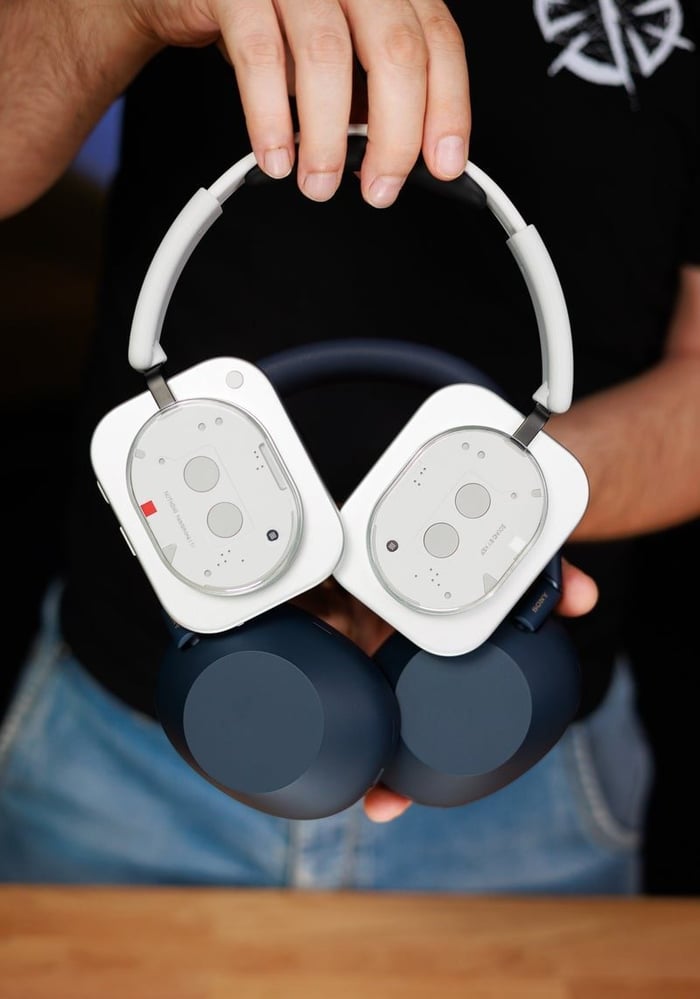
Nothing Headphone (1) and Sony WH-1000XM6 rear earcup designs
Sony’s signature lightweight and foldable design shines through in the WH-1000XM6, crafted from a high-quality matte polymer that, while susceptible to fingerprints on the darker colors, keeps things sleek and portable. The design echoes the WH-1000XM5 with its smooth, almost aerodynamic curves and diagonal lines. Physical controls include two buttons for power and ANC mode toggling, while playback is managed via a touch-sensitive panel—swipes change tracks or adjust volume, taps play or pause music and answer calls. These controls work well but can feel less satisfying than traditional buttons.
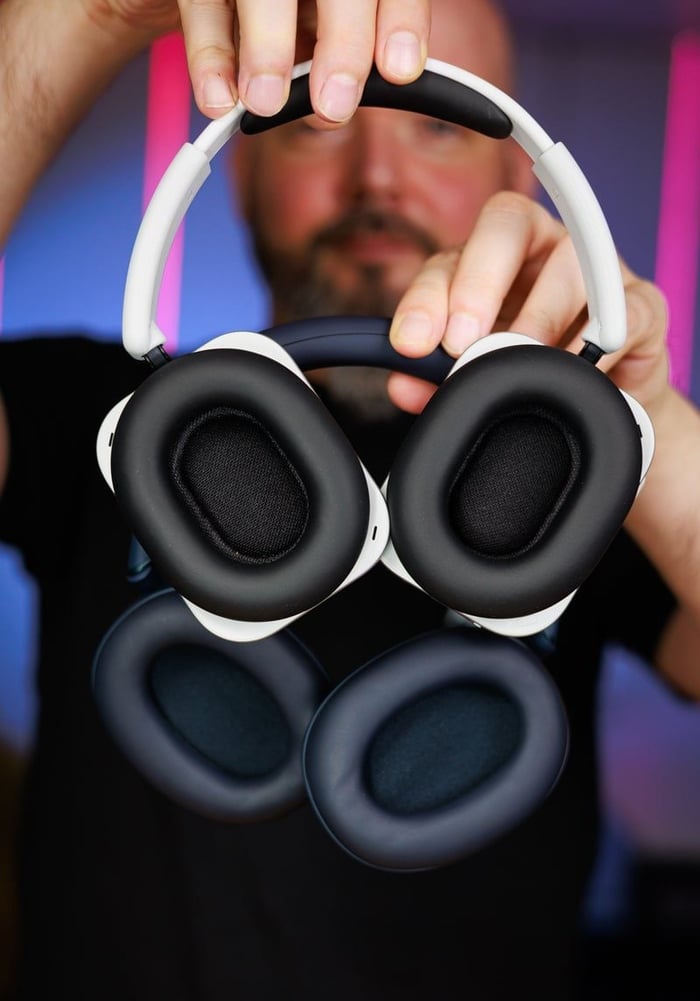
Close-up of the Nothing Headphone (1) and Sony WH-1000XM6 earcups interior
Now, meet Nothing Headphone (1), a daring design statement. Their square aluminum earcups with oval pads are eye-catching and polarizing—people either love the fresh, industrial vibe or can't look away in disbelief. The right earcup hosts three satisfying physical buttons: a power toggle, a track switcher, and a volume wheel that clicks with digital precision, offering tactile feedback reminiscent of the Digital Crown on AirPods Max. These controls have earned rave reviews for bringing back that analog feel lost in today’s gadgets.
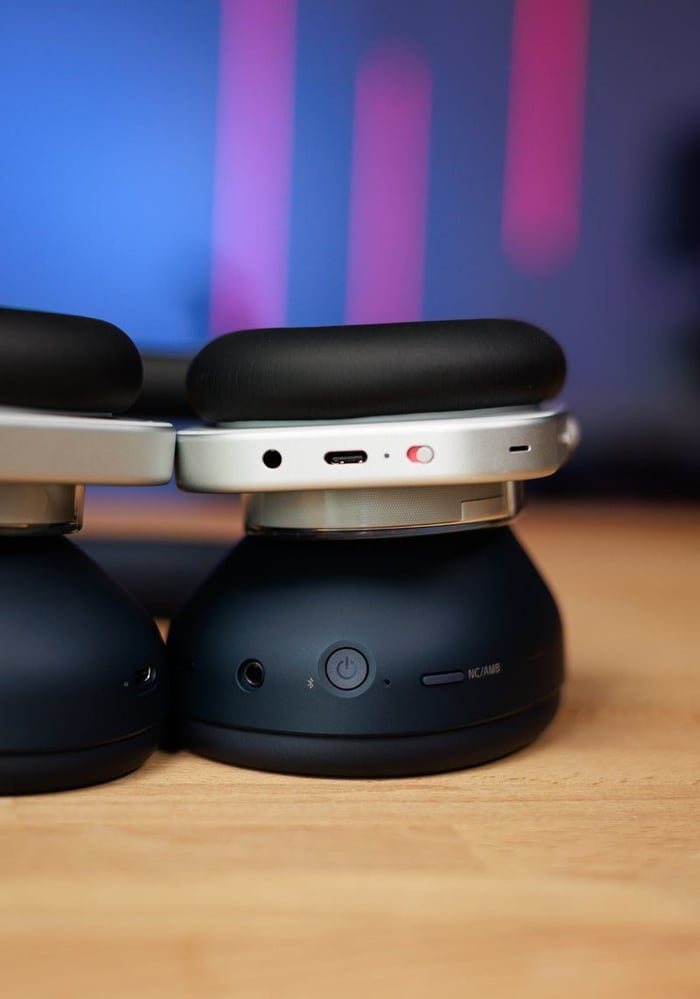
Physical controls on Nothing Headphone (1) and Sony WH-1000XM6
However, the trade-off is size and portability. Nothing’s headphones are bulkier, with a non-folding headband and a case that, while flat and pleasant to the touch, occupies more space than Sony’s compact foldable design.
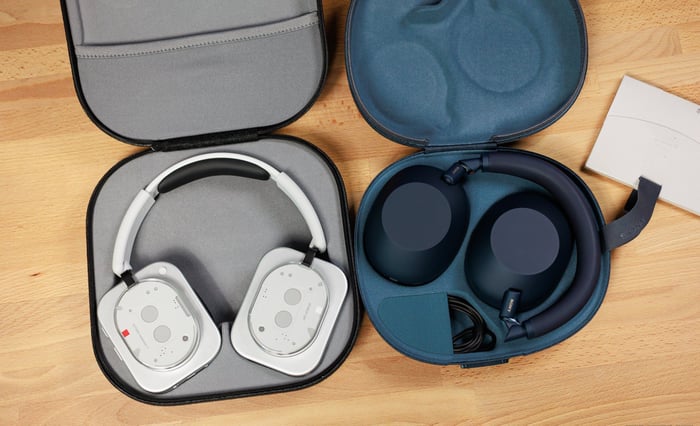
The carrying cases of Nothing Headphone (1) and Sony WH-1000XM6 with open flaps
Color-wise, Sony offers a trio: black, blue, and silver, while Nothing sticks to black and white, the latter glowing with a futuristic vibe.
Sound Quality: Signature Tones and Tuning
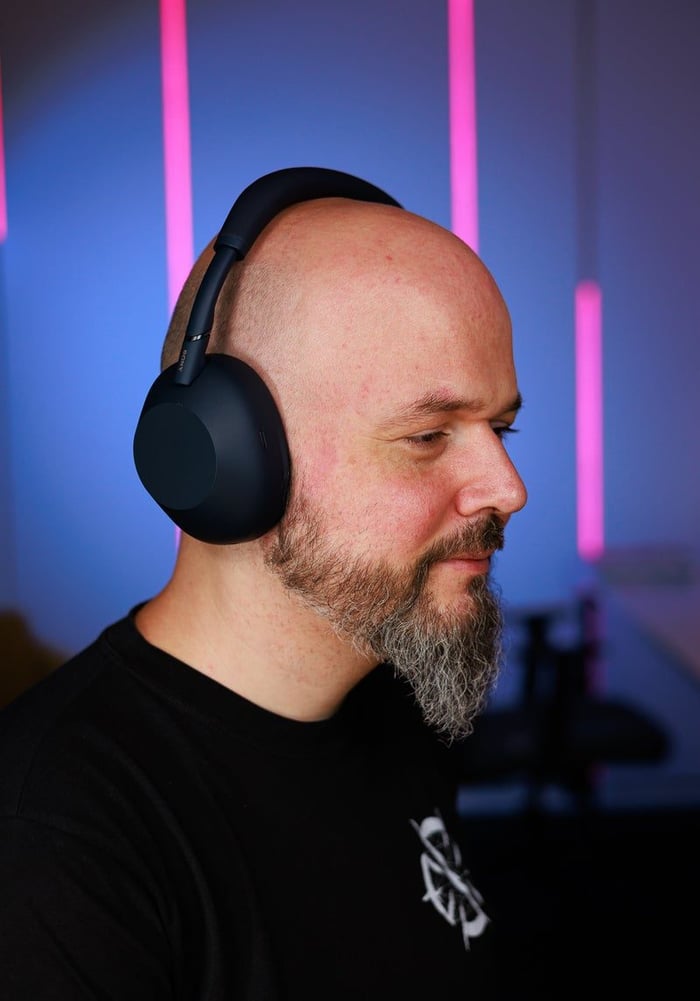
Sony WH-1000XM6 worn by a user
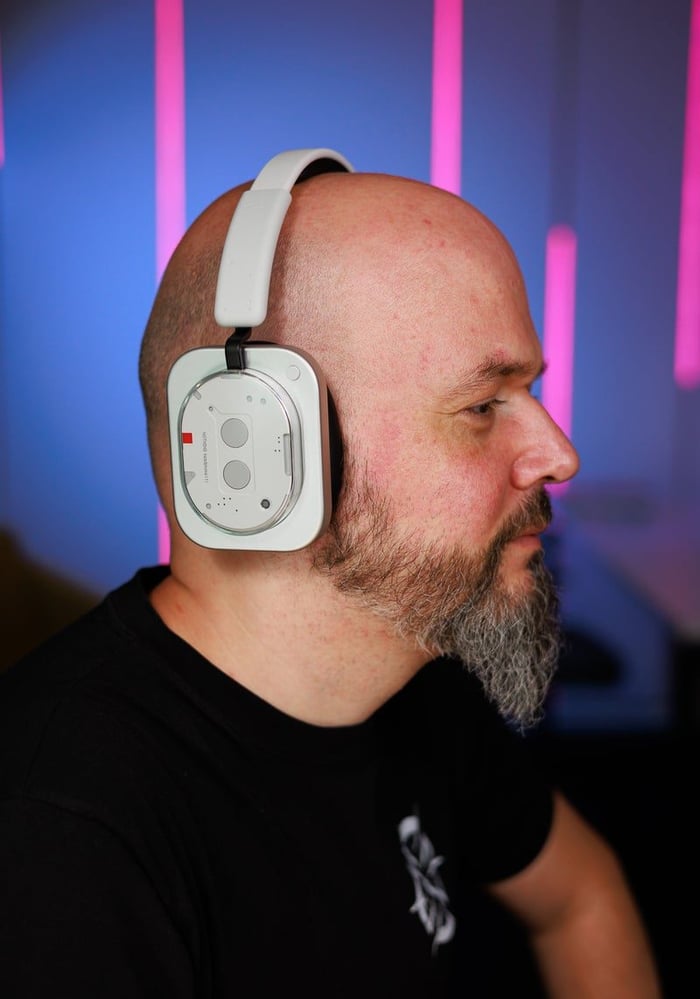
Nothing Headphone (1) worn by a user
Sony’s sound signature is unmistakable: right out of the box, expect powerful, confident bass with a slight edge on the highs. The soundstage is spacious, separating instruments clearly, and the 10-band equalizer in the app lets you fine-tune to your heart’s content. Alternatively, the 'Your Sound' feature listens to your environment and suggests presets, which can then be tweaked further. The bass is punchy yet controlled, making these headphones a favorite for those who want energy without sacrificing musicality. Audiophiles might dial down the bass a bit, but overall, it’s an energetic and enjoyable experience.
Nothing’s Headphone (1), labeled “Tuned by KEF,” brings a different flavor. KEF’s reputation in high-end audio adds intrigue here, though their headphone pedigree is less known. These headphones emphasize midrange frequencies more prominently, which some may want to trim. The Nothing app offers both a simple bass-mid-treble slider and a sophisticated 8-band parametric equalizer that lets you adjust frequency bands and bandwidths with surgical precision.
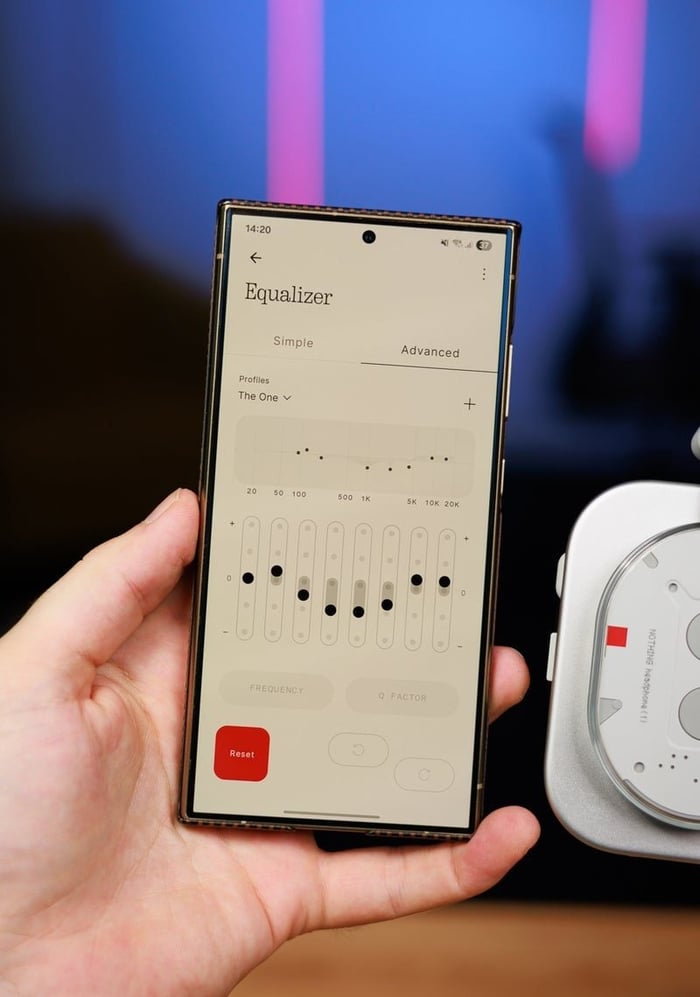
Nothing X app showing the advanced EQ settings
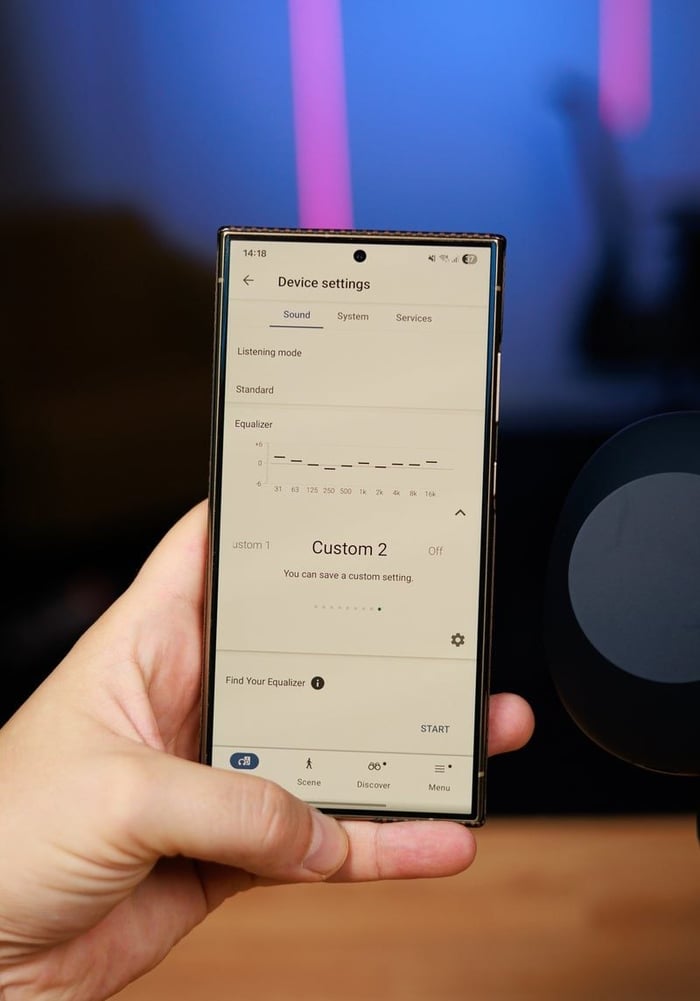
Sony Headphones Connect app with 10-band EQ
A slight caveat with Nothing’s EQ: it operates on a global gain principle—boosting one frequency reduces others and vice versa—which can take some getting used to for dialing in your perfect sound. Thankfully, the app supports sharing EQ presets via QR codes, and the community has already crafted plenty of options to try.
Overall, both headphones can deliver a similarly satisfying sound if you invest time in tweaking. Sony edges out slightly with a wider soundstage and cleaner instrument separation, especially in vocals, but these differences are subtle.
Spatial Audio Showdown
Sony’s 360 Reality Audio offers immersive spatial sound but requires compatible tracks on services like Amazon Music or Tidal. It also supports head tracking on compatible devices, adding to the immersion.
Nothing taps into Android’s built-in spatial audio, activated through its app, but lacks Dolby Atmos support that Sony boasts. For most listeners, this won’t be a dealbreaker since the majority of music is mixed for stereo anyway. Spatial audio remains a fun bonus rather than a must-have feature.
Noise Cancellation: Silence Is Golden
Both headphones wrap your ears in soft earcups that passively block noise well. Engage ANC, and the external world melts away further. Neither disappoints in this department.
Sony’s transparency mode sounds a bit clearer, while Nothing’s can feel slightly mid-heavy, like listening through a filter. Still, speech clarity and directional sound cues remain intact on both.
Sony’s adaptive ANC switches modes based on your activity and environment but can be a bit too eager, occasionally switching to transparency mode at odd moments—like when you stand up for coffee.
Connectivity and Battery Life
Both models support the premium LDAC codec and AAC, letting you pick your preferred audio quality. Sony adds DSEE Extreme to upscale lower-quality streams.
Fast Pair for Android and Swift Pair for Microsoft devices make quick connections easy with either headphone. Multipoint Bluetooth lets you stay connected to two devices at once—a handy feature for juggling phone and laptop.
Battery-wise, Nothing promises up to 35 hours with ANC on, edging out Sony's 30-hour claim. Using AAC instead of LDAC can extend playback time further. Note that Sony’s DSEE Extreme consumes about 10% more battery.
Final Thoughts

Nothing Headphone (1) resting around user’s neck

Sony WH-1000XM6 resting around user’s neck
If you want an easy-to-tune, pleasant sound with outstanding noise cancellation and a classic design, Sony WH-1000XM6 is your best bet. Their sound is controlled and musical, with handy features that don’t demand much fiddling.
But if you’re intrigued by a bold, square design, crave tactile physical controls, and don’t mind diving deep into the equalizer maze, Nothing Headphone (1) is an exciting choice. Plus, with its community-driven EQ sharing, you’re not left alone to figure it all out.
Simply put: if you’re unsure about the fresh look and complex EQ of Nothing, Sony’s tried-and-true headphones won’t disappoint.
“If you’re attracted to the square design and mechanical controls but wary of EQ complexity, go for Nothing and explore community presets.” — Enthusiast’s insight
FAQ
- What differentiates the Nothing Headphone (1) controls from Sony’s?
Nothing uses tactile, physical buttons and a clicking volume wheel, offering a nostalgic, analog feel, while Sony relies on touch-sensitive controls with swipe gestures. - Which headphone has better noise cancellation?
Both deliver excellent ANC, though Sony’s adaptive ANC offers dynamic adjustments, while Nothing has a more straightforward approach. - Are the headphones water-resistant?
Nothing Headphone (1) comes with an IP52 rating for splash resistance; Sony WH-1000XM6 lacks any official water resistance rating. - How do the EQ customizations compare?
Sony offers a simple 10-band EQ, while Nothing provides an advanced 8-band parametric EQ with options to adjust frequency and bandwidth for each slider, which is more complex but powerful. - Do both headphones support multipoint Bluetooth?
Yes, both can connect to two devices simultaneously, making switching between phone and laptop effortless.
Ready to adorn your space with iconic music moments? Browse our store to find your favorite album cover poster—a perfect match for your new headphones’ vibe. Shop now at Architeg Prints.
 | DISCOUNTGET 30% OFF*Use code on your next order:
|
* This post may contain affiliate links, meaning we earn a commission if you make a purchase through these links, at no additional cost to you.




